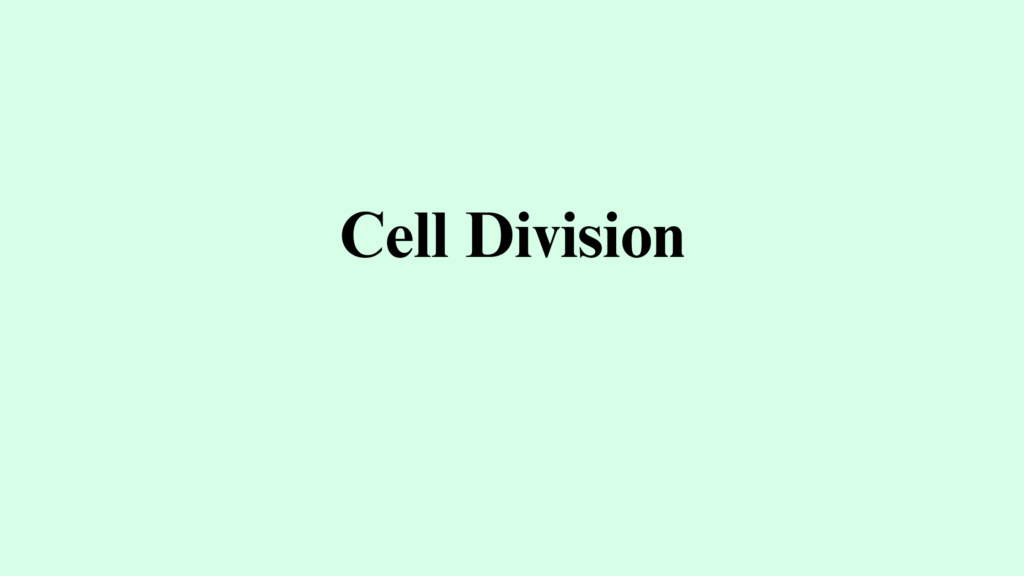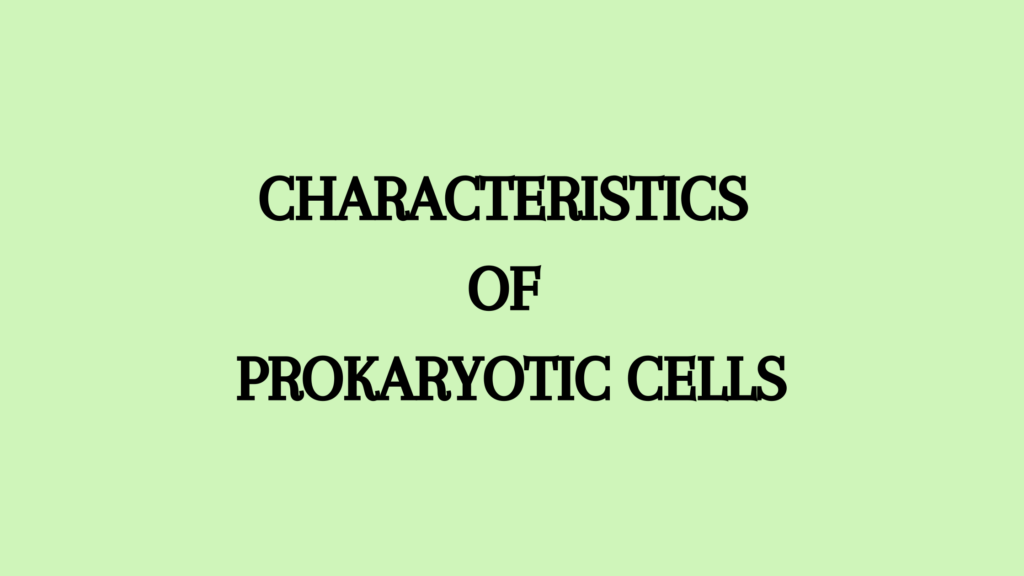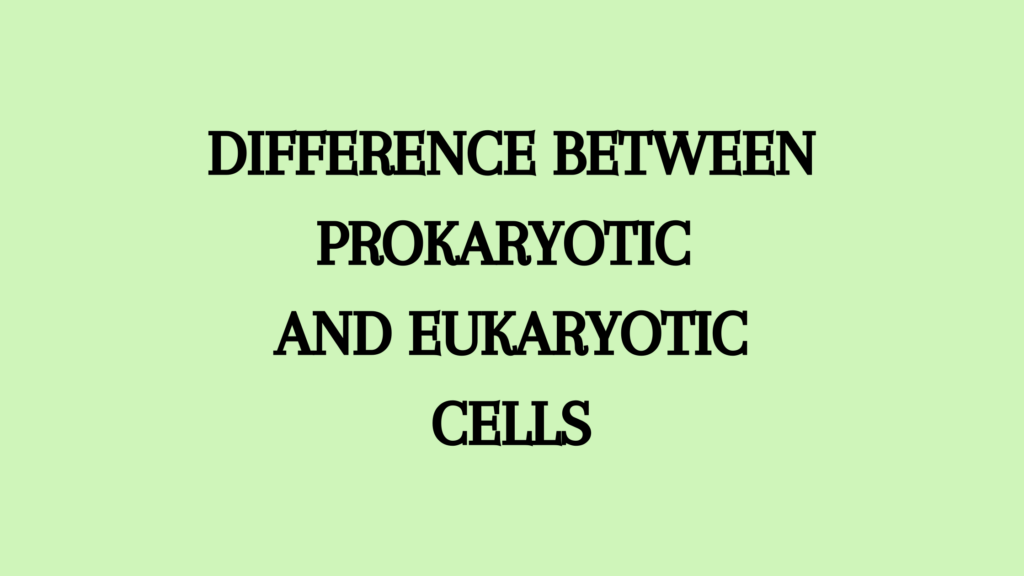Cell division is the process where a cell replicates itself to repair damaged tissue, compensate for cell loss, or reproduce an organism. It involves different stages and different types. Here, you will see a quick overview of these.
Write a Short Note on Cell Division
One of the most important characteristics of living cells is their power to grow and divide. The reproduction of the biological system may be affected by the reproduction of the cell. When a cell reaches the size peculiar to its species, it divides into two parts. These parts grow to their full size and divide again. Thus, new cells always arrive by the division of the pre-existing cells.
In cell division, chromosomes occupy a central position. As the vehicles of heredity, they determine the characteristics of the cell and its progeny. They must be correctly distributed between the two daughter cells. In unicellular organisms, division results in the reproduction of an individual, while in multicellular organisms, division results in growth.
Walter Flemming first observed cell division and showed that nuclear division involves a longitudinal splitting of the chromosomes and migration of the daughter halves to the daughter nuclei. In 1882, he coined the term mitosis. In recent years, electron microscopy and other molecular and biological studies by many cytologists have provided a modern understanding of cell division.
Why Does Cell Division Occur?
Cell division in the organism is a necessity for various reasons. Every organism begins its life as a single cell. The single cell, by repeated division, gives rise to a large number of cells that become differentiated for the adult organism. Cell division also provides new cells for the replacement of those that have passed through their life cycle and have disintegrated. During the growth period of an organism, it needs repair, and cell division provides new cells for the damaged ones. The rate of division in an organism is different in different tissues, depending on the demand for cells.
Types Of Cell Division
Two basic types of cell division are recognized according to the behaviour of the chromosomes: mitosis and meiosis.
- The first of these daughter cells finishes up containing the same number of chromosomes as the parent cell.
- This is called Mitotic cell division or Mitosis.
- Mitosis takes place during the growth of an organism.
In the other type of cell division – the meiotic cell division or meiosis results in the formation of cells that are not identical to the parent cell.
- Here, the daughter cell ends up with half the total number of chromosomes present in the parent cell.
- In other words, meiosis produces two haploid cells.
- Meiosis generally takes place during the formation of gametes or spores, which are required for sexual reproduction.
Phases of Cell Division
The entire process of cell division may be divided into two parts: karyokinesis and cytokinesis. Karyokinesis is the division of the nucleus, and cytokinesis refers to the division of the cytoplasm by forming a cell wall. Cytokinesis results in the formation of two daughter cells, while karyokinesis just results in a single cell with two nuclei.
Normally, karyokinesis is followed by cytokinesis. But sometimes, the cytokinesis does not follow karyokinesis and results in a multinucleate condition.
Cell Cycle and Cell Division
Cell cycle refers to the lifespan of a cell from its formation until it undergoes cell division to produce daughter cells. Cell division is a part of the cell cycle.
The cell cycle can be divided into two periods. The first period is called the interphase, where the cell performs its metabolic activity and is thus called the metabolic phase as well. This is the longer period of the two and can be subdivided into various stages called the G0 Phase, G1 Phase, S Phase, and G2 Phase.
The second period is called the cell division which terminates its cell cycle by producing daughter cells. It produces either somatic cells or germ cells, depending on the type of cell division it undergoes.
References
- Agarwal, P. V. |. V. (2004). Cell biology, Genetics, Molecular Biology, Evolution, and Ecology: Evolution and Ecology. S. Chand Publishing.
- https://sta.uwi.edu/fms/mdsc1001/celldivision.pdf




